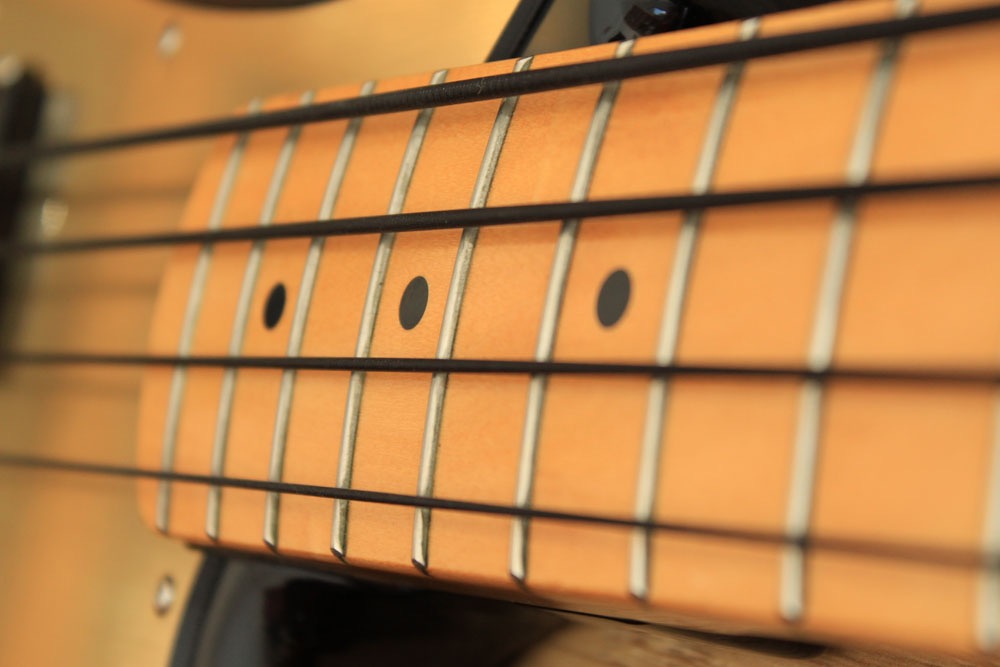Donny Hathaway’s ‘This Christmas’ wins the contest for best bassline in a festive song (well, it does for me, at least). When I first transcribed the bass part back in 2017 I failed to do my research properly and assumed that it was Donny’s long-time low-end provider Willie Weeks who was responsible. Thankfully, the Internet is full of knowledgeable people who are only too happy to correct errors like this without hesitation:

That’s right, it’s Donny playing the part on a Fender Rhodes bass, presumably something similar to the one in this video:
So, in addition to being a phenomenal singer, piano player, arranger, and improviser it turns out that Donny also had a keen sense of what made a killer bass part. Some people get all the talent…
I was taking a student through the chart recently when I realised to my horror that it was littered with errors, so here’s a more accurate attempt:
Donny Hathaway – ‘This Christmas’ bass transcription PDF
‘This Christmas’ Bassline Highlights
There are many golden moments throughout the song, but here are a few of my personal favourites:
The unison line (bars 2-5, 24-27, 44-47, 64 onwards)
We’re thrown in the deep end straight away as ‘This Christmas’ begins with a mixed-meter unison figure that requires some deft fretting hand position shifts. The fact that the note anticipating beat 3 is unpitched helps to bridge the gap seamlessly between areas of the fretboard.
The prechorus (bars 16-19, 36-39, 56-59)
These sections provide by far the biggest technical challenges in the song, as we have the task of copying a multi-octave 16th-note phrase littered with chromatic approaches, which falls under the fingers on a keyboard much more naturally than a fretboard. Spend time plotting your position shifts and fingerings here, using any open strings to their full advantage; you might find that different licks require different position shifts and fingering approaches.
The chorus (bars 20-23, 40-43, 60-63)
The jarring harmonic change from F to Cb still catches my ear every time, not unlike Stevie’s Wonder’s ‘Sir Duke’ chorus. Notice how the line is varied and developed with each successive chorus, culminating in chromatic approaches to the major 3rd of the B7 chord in bar 63.

